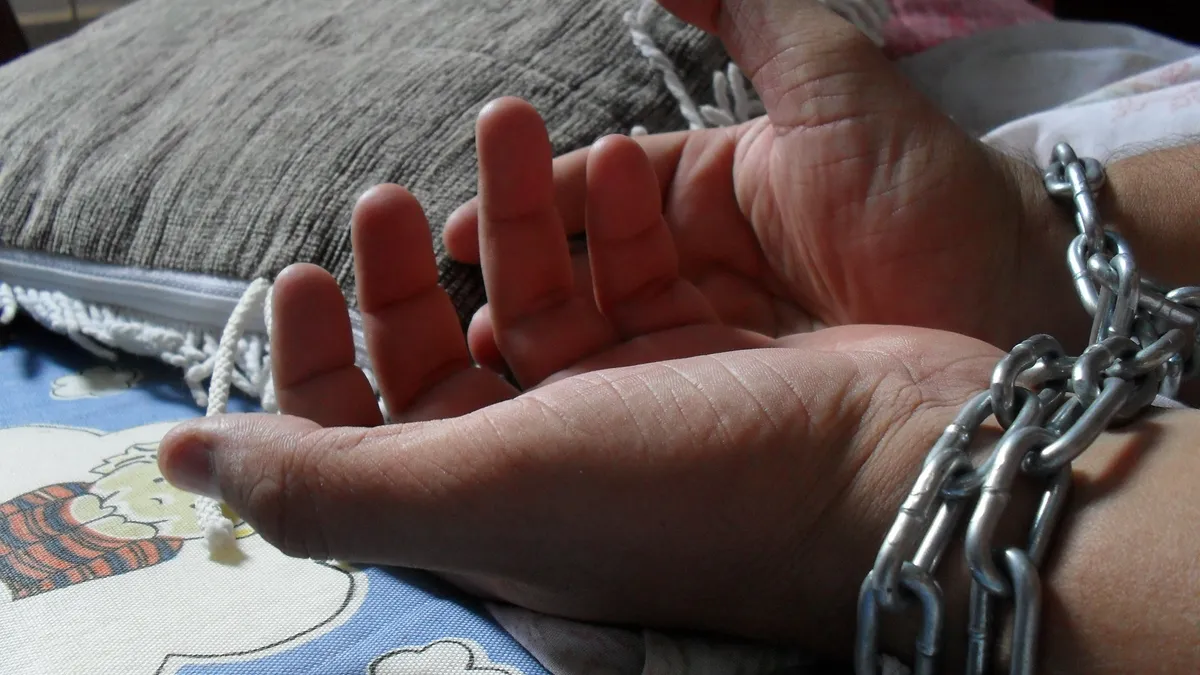Dive Brief:
- Working with Truckers Against Trafficking (TAT), UPS drivers will be part of an initiative in 2017 that seeks to increase awareness of signs of human trafficking, the Louisville Courier Journal reported Wednesday.
- UPS' 8,000 freight drivers will receive awareness training throughout 2017, helping them note signs of potential distress between delivery nodes.
- A pilot program was rolled out in December 2016 with a 10-state trial run. In addition to training, drivers receive a wallet card with the signs of trafficking, helpful phone numbers and instructions on what to do if they spot trafficking.
Dive Insight:
January is National Slavery And Human Trafficking Prevention month, and Supply Chain Dive continues to delve into the shifting landscape of how companies are approaching human rights violations within the chain. Human trafficking falls into two categories: work enslavement and sexual enslavement. Adults and children are subject to both. Currently, estimates range that approximately 17,500 people within the U.S. are trafficked each year, with countless more — possibly up to 20 million — enslaved globally.
Growing awareness of human trafficking within our local and professional communities is a positive trend for society, and the training of professional couriers to be equipped to spot human rights violations within the chain is a proactive move in the right direction. These drivers are uniquely positioned to gain access to places where trafficking may occur, and the knowledge and ability to spot these crimes could make inroads in saving lives.
UPS' partner in this program, Truckers Against Trafficking, notes a previous partnership with Polaris helped identify 471 likely cases of human trafficking with 1,033 trafficking victims, 285 of which were minors.
The engagement of members of the supply chain, whether freight truckers or delivery drivers, highlights the dual role professionals can play while on the job. While performing their job-related duties, noting irregular circumstances and identifying those who are potentially at risk can stop trafficking that is taking place as well as prevent it from happening in the future. Training and empowering drivers to see and report something troubling will continue to move society in the direction where everyone can play a significant part in protecting lives.













